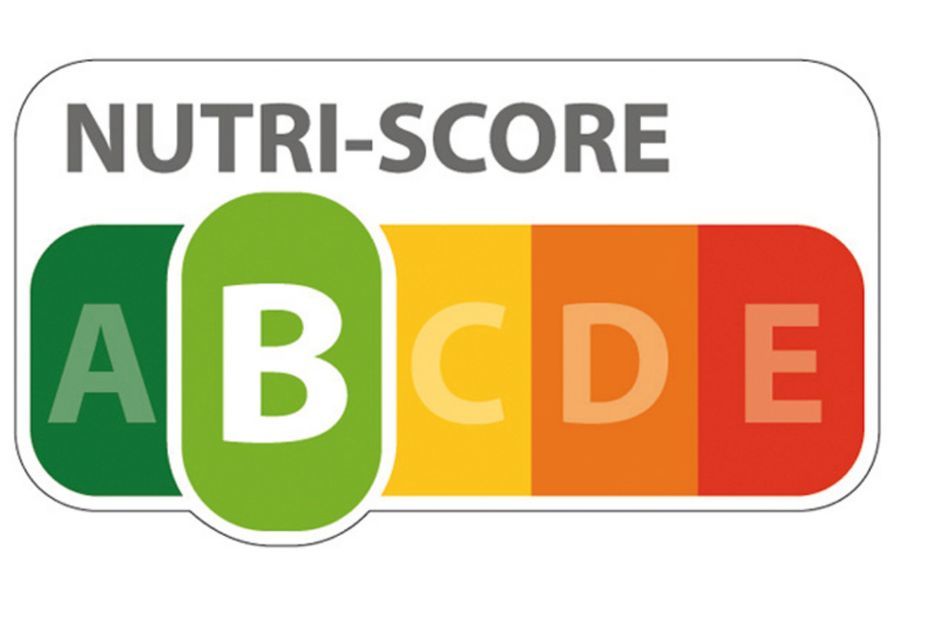16 Nov Combined nutrition and environmental scoring
A recent study of Belgian consumers has indicated that product labelling has the potential to improve the nutritional quality of food choices, but was less successful for improving the environmental impacts.
The Nutri-Score label, a traffic light-style graphic capturing nutritional quality to be displayed on food packaging, is widely used on products in Europe. However, there is increasing debate on the role of consumer choice in the environmental impacts of food, as well as their nutritional and health qualities.
Increasing information is available on the environmental impacts of individual food items via life cycle analysis. With this have come many offerings for product environmental labels, produced by a several authorities. This study analysed the potential of an Eco-Score – very similar to the Nutri-Score in its presentation – to improve the environmental impacts of consumer food choice.
805 consumers were trialled in an online supermarket environment stocked with 11 food products. They were asked to buy what they thought they would need to feed six people spaghetti bolognaise.
Participants were allocated to various study groups. Some were shown just the Nutri-Score and Eco-Score, while others were given more information, such as the CO2 per 100g, or statements encouraging reduced meat intake.
The nutritional quality of foods selected improved when the Nutri- and Eco-Score were shown (largely due to reductions in pork consumption). However, the environmental impact of choices did not improve. Specific recommendations, such as those encouraging reduced meat intake, were able to improve both aspects (largely due to reduced beef consumption).
While this was a limited study, using an online environment with minimal offerings, it presents some interesting questions. What would the results be in a physical environment, where choices are made more quickly? Are two separate scores too much information for a consumer to quickly weigh up when making a purchase decision? Were the results confounded by the success of the Nutri-Score, that may already be ingrained in consumer decision making? Do consumers weight nutrition above the environment in their food choices?
This study further highlights the challenges of product environmental labelling. Many such labels exist, and they appear likely to become commonplace in the future, but how can we ensure that they make a positive difference to decision making? And how should the calculation of both Nutri- and Eco-Score capture all the relevant information when food has such diverse impacts?






